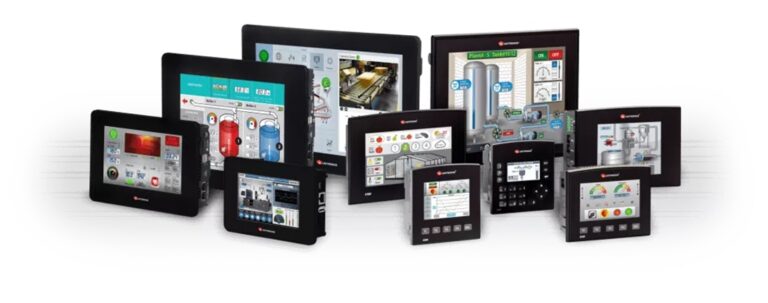Running a storage facility today requires more than just padlocks and paperwork. As customer expectations rise and operational demands become more complex, having a reliable system in place to manage every aspect of storage becomes essential. This is where purpose-built storage unit software plays a pivotal role, empowering operators to oversee every unit with clarity, consistency, and confidence.
Modern storage unit software serves as the operational backbone of successful storage businesses. It centralizes the management of tenants, billing, occupancy, and access—streamlining what would otherwise be a web of spreadsheets and manual entries. Instead of struggling with scattered records or worrying about missed payments, managers can now access a comprehensive dashboard that presents all necessary information in real time.
At its core, storage unit software simplifies daily tasks. Unit availability can be tracked live, helping teams quickly assign spaces, update rental statuses, or handle inquiries without delay. For staff, this means fewer errors and less backtracking. For customers, it creates a seamless and professional rental experience from move-in to move-out.
One of the major advantages of using this software is improved billing accuracy. Automated invoicing, recurring payments, and alerts for overdue accounts ensure that revenue flow remains steady. Tenants appreciate the convenience of paying online, while managers benefit from not having to chase payments or reconcile scattered transaction records.
Beyond payments, storage unit software often includes features like digital lease signing, ID verification, and move-in checklists. These functions not only reduce paperwork but also contribute to more secure and accountable operations. With everything documented and timestamped, disputes or confusion can be minimized, protecting both the business and the client.
Facility owners also gain valuable insights through reporting tools built into the software. Whether it’s occupancy trends, revenue breakdowns, or customer behavior, the ability to view data through clear visual reports can support smarter business decisions. Operators can forecast demand, identify underperforming units, and adjust pricing or promotions accordingly.
Customer service also sees a noticeable boost with the right system in place. With centralized customer data, responding to inquiries or resolving issues becomes quicker and more personalized. Tenants feel more supported, which often translates into better retention rates and positive word-of-mouth.
Security is another area where technology shines. Many storage unit software solutions integrate with gate access systems and surveillance, allowing only authorized users to enter and exit. Access logs, unit status, and tenant history can be tracked with precision, providing peace of mind for both customers and staff.
For those managing multiple locations, cloud-based platforms offer remote control and oversight from any device. This enables operators to scale their business without losing control or consistency across facilities. Whether it’s one property or several, every unit remains accounted for and managed with the same level of professionalism.
In conclusion, storage unit software is not just a tool—it’s a strategic asset. It brings structure to operations, transparency to customer relationships, and control to unit management. With the right system in place, operators can focus less on administrative chaos and more on growing their business with confidence and clarity.









